The Gift of South Dakota
Subscriptions to South Dakota Magazine make great gifts!
Subscribe today — 1 year (6 issues) is just $29!
A Fresh Look at Lakota History
Nov 10, 2014
Yes, I can write a short sketch of my life, but there would not be very much, just a continual chain of duties day in and day out, always on a ranch, lonely and far from other habitations... Took care of ten children that came to me. I studied history of our own people to keep my mind occupied.
Josephine Waggoner wrote those words in 1932 to Frank Herriott, a professor who was trying to help her publish her writings of Native American history and life. Despite the work, the “chain of duties” she endured, she never stopped collecting the stories of her people. She wrote at night after her family members were asleep, and the cabin on the Standing Rock Reservation was quiet.
She began writing in the 1920s because she worried the history and culture of the Lakota were being lost as elders passed away without handing down their knowledge in the traditional way. She also wanted to correct untruths written by white journalists and scholars. Waggoner started to interview chiefs, elders, tribal historians and, unlike other white or Indian writers, she also interviewed women.
Although she never saw her work printed during her lifetime, it was finally published in 2013 thanks to Emily Levine, an independent scholar, author and editor in Lincoln, Neb., who took on the messy job of compiling Waggoner’s writings into one book, Witness: A Hunkpapa Historian’s Strong-Heart Song of the Lakotas.
Waggoner was born in 1871 at Grand River Agency, at the confluence of the Grand and Lakota rivers. Her father, Charles McCarthy, owned a trading store on the east side of the Missouri. When she was 10, Waggoner volunteered to be a part of a group of Indian children who went east to finish their education. She attended Hampton Normal and Agricultural Institute in Virginia. She returned home after her schooling to work at St. Elizabeth Mission at Wakpala. Waggoner met her husband while working at another mission a mile south of Fort Yates. She married Frank Waggoner on Thanksgiving Day in 1889. Her husband was in the Army, stationed at Fort Yates. It was during her time at Fort Yates that Waggoner began to document what was happening around her, as well as conducting interviews and recording tribal stories.
Levine organized the documents into two parts. The first part contains stories of Lakota/Dakota history and culture and Josephine’s own story. The second part contains 60 biographies of chiefs and other Indians. The book starts with the oldest of the Sioux legends. “The oldest stories refer back to the stars; then stories of kingdoms; then next in line come stories of the ocean, water, animals, and tropical animals.”
She writes that the North American Indians once lived in Central America, before Aztecs. The Aztecs came from the north and conquered the people in the south. “Stories are told of tropical animals that never existed here in North America. The work with feathers and quills, the pottery and basket weaving were arts that were first learned in the south country, where civilization once reached a high standard,” she wrote. “Whether our people are of Mayan or Toltec descent can still be found out someday, perhaps, by someone who can make a deeper study of customs and languages. In the meantime, every true Indian that dies believes that his spirit will journey to the land of his forefathers by the same route that brought them north, the starry pathway called the Spirit Trail. The Milky Way is called the Spirit Road. The Sioux believe that that trail will take them back to where they came from.”
Unfortunately, she never had a chance to understand her contribution to preserving her people's history. She once wrote to an editor, George Will: “You know Mr. Will I didn’t do much for my race after receiving an education at their expense. I got married and lived on isolated ranches living only for myself and family.” If only she could see Witness, a new, fresh look at the history of Native Americans during the tumultuous early 1920s and long before.
Witness (824 pp, hardcover) was published by the University of Nebraska Press in Lincoln. To order call (800) 848-6224.


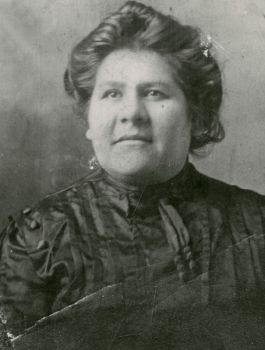

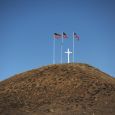
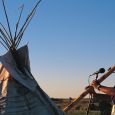
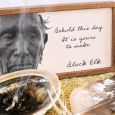
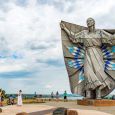



Comments
I read your article and would like to share it with our readers, in hopes that they will want to learn more. You will be given full credit.
THANK YOU,
I am a historian and I studied at Brigham Young University.
I am so happy to see that other relatives of Josephine are on here. Josephine Waggoner is my great great great grandmother, mother of Lester Waggoner who was the father of my grandmother and Josephine's granddaughter named Marcella Waggoner. I think Marcella was named after Josephine's sister. My grandfather is Patric Serbanic who is the son of Marcella Waggoner and her second husband Mike Serbanic.
I wouldn't be surprised to see that there are many more who can find a link to this wonderful woman.
I wish all Josephine’s descendants could identify themselves and we could start a count of us all.
I never met Josephine she died before I was born but I did know well Ernie and Ettie (Luzetta. The best was when they talked about their adventures together as children.